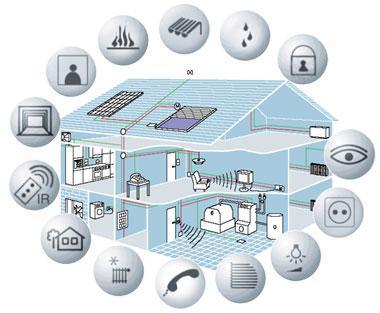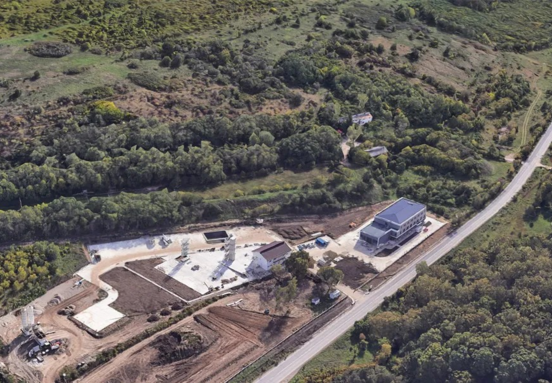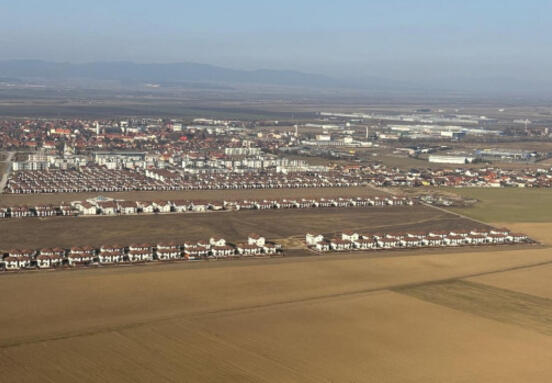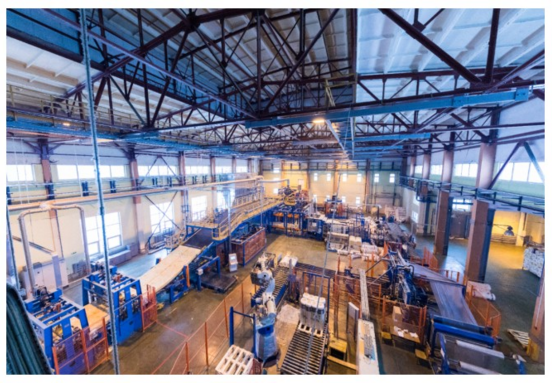Most building owners understand that robust infrastructure supported by digital connectivity has an impact on tenant satisfaction. However, the next generation of smart buildings will require a well-designed IoT (Internet of Things) infrastructure.
Digital technology makes buildings smart
Building owners have long understood the impact of tenant retention and occupant satisfaction on providing quality digital facilities such as digital signage, hosting services, digital conference rooms, state-of-the-art video conferencing services, and demand for such of buildings is growing.
According to most experts, the next generation of buildings will use technologies that will rely on powerful computers, broadband Internet, wireless communications and integrated computer systems.
To effectively implement these technological facilities, it is necessary to connect IoT devices and sensors, and the cloud becomes essential. Thus, by adopting an IoT network, building owners can improve the efficiency in the exploitation process and increase the value of the building respectively.
New generation equipment, which enables wireless management and is connected through IoT and which helps building owners to monitor, integrate and reduce costs, becomes essential.
Focus on connecting smart buildings
Several connection solutions can be used to connect IoT devices to the cloud. Whether they are 4G / 5G Wi-Fi or mobile solutions, they offer different benefits, depending on the application or use case.
However, the biggest difference between cellular and Wi-Fi network options in smart buildings is that mobile-based networks can operate at a much wider range and at high data rates.
From the same IoT perspective, the intelligent space of buildings brings extraordinary opportunities and developments, among others, regarding the building management systems. A recent study shows that over 60% of facility managers claim that IoT will have a major impact on building and maintenance policies for buildings in the coming years.
Whether we are talking about office or hotel buildings, warehouses, industrial production areas, the impact of buildings, from an energy and environmental point of view, must be minimized. This is the case for public buildings and applies to residential complexes as well as to infrastructure projects.
Factors to increase IoT adoption in smart buildings
Given the demands of tenants and occupants, increasing pressure on building owners to invest in smart technologies that will allow the benefits of IoT-connected devices to reap the benefits.
In this regard, the need for building owners to adapt to the new IoT technology from various stages of construction increases as well as to take into account the need for IoT equipment. They need to consider aspects related to the maintenance and management of assets, efficiency, cost savings and, of course, the increasing expectations of the occupants of commercial buildings.
It also increases the need of the owners to access "real-time data", to analyze the data obtained and to be able to interpret them automatically with the help of artificial intelligence (AI), to increase the productivity, efficiency and sustainability of the data. building. In this context, the importance of energy efficiency and energy management increases leading to the decision to have an integrated building management system (BMS).
The benefits of IoT in smart buildings
Of course, it doesn't make sense to invest in IoT for smart buildings just to get automated buildings and to store information or lower costs, or because of pressure on building owners.
In addition to the benefits in terms of operations, maintenance, value of the building, the results of improved energy management, the building of intelligence becomes part of an ecosystem. Thus, beyond the facilities management services, by putting together data from several buildings, additional benefits may arise from new ways of using derived information, essential for the proper management of the smart city.
Author: Lucian Anghel, Founder and CEO, EnergyPal-TimePal Romania and FMS







